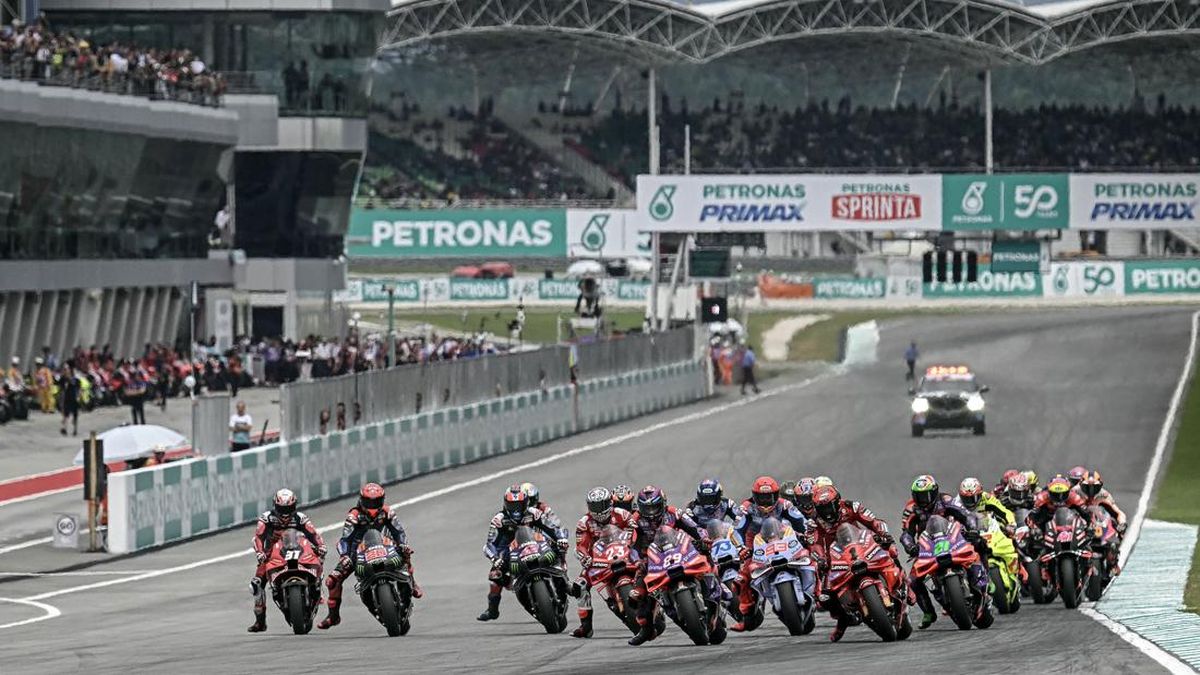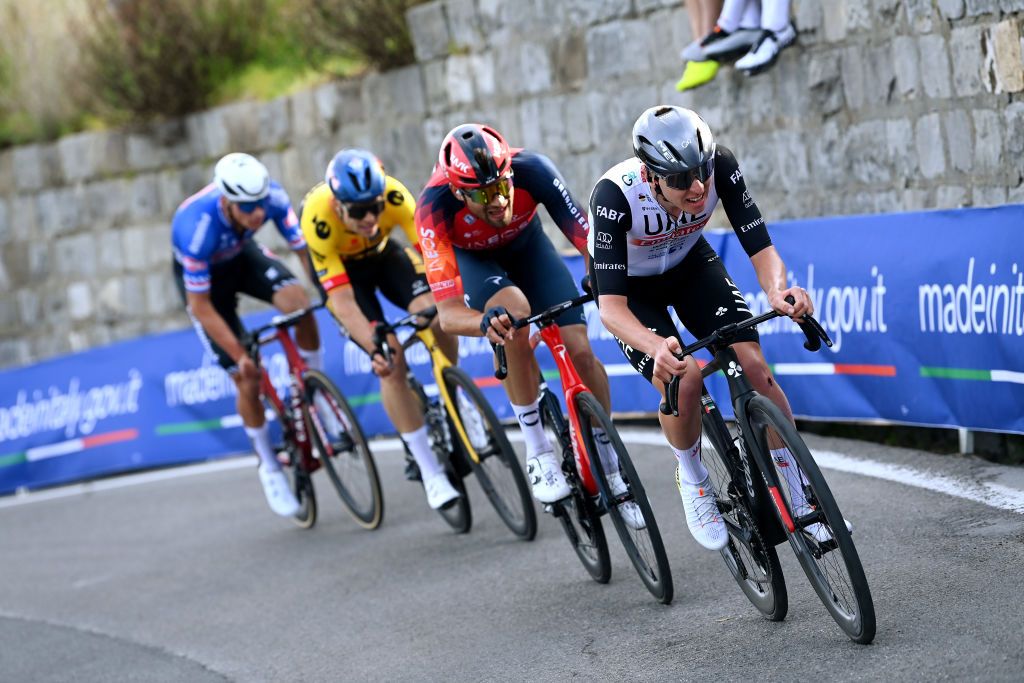A Critical Analysis Of The Hells Angels

Table of Contents
History and Origins of the Hells Angels
Early Years and Founding
The Hells Angels' origins trace back to the post-World War II era in California. Founded in 1948, the club initially comprised a group of veterans seeking camaraderie and a sense of belonging. Their early activities involved motorcycle riding, social gatherings, and a burgeoning outlaw biker culture.
- Evolution of Structure: The club gradually developed a hierarchical structure, with chapters forming across California and beyond.
- Early Conflicts: Early clashes with rival motorcycle clubs and law enforcement were common, establishing the Hells Angels' reputation for violence and defiance.
Growth and Global Expansion
From their humble beginnings, the Hells Angels expanded significantly across the United States and internationally. This growth involved strategic chapter establishment and the cultivation of a powerful, unified identity.
- Strategic Expansion: The club strategically established chapters in major cities, expanding their influence and territory.
- The "1%er" Identity: The Hells Angels embraced the "1%er" biker subculture, proudly associating themselves with the outlaw motorcycle club (OMC) image. This solidified their brand and attracted like-minded individuals.
Internal Structure and Hierarchy
The Hells Angels operate under a rigid hierarchical structure, ensuring control and discipline within the organization.
- Membership and Initiation: Membership requires a rigorous process, often involving initiation rites and demonstrating loyalty.
- Internal Discipline: A strict code of conduct and internal disciplinary mechanisms maintain order and prevent dissent. Disloyalty can lead to severe consequences.
Criminal Activities and Law Enforcement Response
Involvement in Organized Crime
The Hells Angels have a long and well-documented history of involvement in organized crime. Their activities have included, but are not limited to:
- Drug Trafficking: Extensive involvement in the production, distribution, and sale of illicit drugs.
- Weapons Smuggling: Illegal trafficking of firearms and other weaponry.
- Extortion and Violence: The use of intimidation, threats, and violence to extort money and control territory.
Numerous arrests, convictions, and ongoing investigations highlight the scale of their criminal enterprises.
Law Enforcement Strategies and Challenges
Investigating and prosecuting Hells Angels members presents significant challenges for law enforcement agencies globally.
- Infiltration Difficulties: The club's tight-knit structure and secretive nature make infiltration extremely difficult.
- Witness Protection: Witness intimidation and retaliation pose major obstacles in securing convictions.
- RICO Statutes: Law enforcement utilizes RICO (Racketeer Influenced and Corrupt Organizations) statutes and other legal tools to dismantle the club's operations.
Public Perception and Media Representation
The Hells Angels' image in media and popular culture significantly impacts public perception.
- Stereotypes and Misconceptions: The media often portrays the club in a stereotypical manner, blurring the lines between fact and fiction.
- Influence of Media: Books, films, and documentaries contribute to the public's understanding—or misunderstanding—of the Hells Angels.
Socioeconomic Factors and Membership
Recruitment and Membership Profile
Understanding why individuals join the Hells Angels requires analyzing various factors.
- Appeal of the Lifestyle: The allure of brotherhood, rebellion, and a sense of belonging attracts many members.
- Socioeconomic Backgrounds: Membership draws from diverse socioeconomic backgrounds, highlighting the complex motivations for joining.
Impact on Communities
The presence of Hells Angels chapters significantly impacts the communities in which they operate.
- Negative Impacts: Their activities often lead to increased crime rates, decreased property values, and a climate of fear.
- Rare Positive Contributions: While rare, some chapters may participate in seemingly charitable events. However, these actions should be critically assessed in the context of their overall criminal activities.
Conclusion: Understanding the Complex Reality of the Hells Angels
This analysis reveals the multifaceted nature of the Hells Angels Motorcycle Club. Their history is intertwined with organized crime, their structure ensures control, and their impact on communities is largely negative. The challenges posed to law enforcement highlight the need for ongoing investigation and international collaboration. Understanding the Hells Angels requires acknowledging the complex interplay of factors contributing to their existence and impact. Further research into "Hells Angels research," "understanding the Hells Angels," and "Hells Angels analysis" is crucial for a comprehensive grasp of this enduring and controversial phenomenon. Continue your exploration of the Hells Angels Motorcycle Club to better understand this complex organization.

Featured Posts
-
 Jadwal Siaran Langsung Sprint Race Moto Gp Inggris Di Trans7 Malam Ini Rins Vs Marquez
May 26, 2025
Jadwal Siaran Langsung Sprint Race Moto Gp Inggris Di Trans7 Malam Ini Rins Vs Marquez
May 26, 2025 -
 Van Der Poel Secures Second Milan San Remo Win Defeating Pogacar
May 26, 2025
Van Der Poel Secures Second Milan San Remo Win Defeating Pogacar
May 26, 2025 -
 Saksikan Siaran Langsung Race Sprint Moto Gp Inggris Pukul 20 00 Wib
May 26, 2025
Saksikan Siaran Langsung Race Sprint Moto Gp Inggris Pukul 20 00 Wib
May 26, 2025 -
 When His Son Needed 2 2 Million Treatment A Fathers Extraordinary Rowing Journey
May 26, 2025
When His Son Needed 2 2 Million Treatment A Fathers Extraordinary Rowing Journey
May 26, 2025 -
 Follow The F1 Action Live Monaco Grand Prix Timing Data
May 26, 2025
Follow The F1 Action Live Monaco Grand Prix Timing Data
May 26, 2025
Latest Posts
-
 Tyrese Haliburtons Game Changing Performance Pacers Knicks Recap And Nba Response
May 28, 2025
Tyrese Haliburtons Game Changing Performance Pacers Knicks Recap And Nba Response
May 28, 2025 -
 Nba Analyst Reactions To Tyrese Haliburtons Performance Against The Knicks
May 28, 2025
Nba Analyst Reactions To Tyrese Haliburtons Performance Against The Knicks
May 28, 2025 -
 Pacers Vs Knicks Nba Responds To Tyrese Haliburtons Outstanding Play
May 28, 2025
Pacers Vs Knicks Nba Responds To Tyrese Haliburtons Outstanding Play
May 28, 2025 -
 Tyrese Haliburtons Impressive Knicks Game Nba Reactions And Highlights
May 28, 2025
Tyrese Haliburtons Impressive Knicks Game Nba Reactions And Highlights
May 28, 2025 -
 Nba World Reacts Tyrese Haliburtons Stellar Pacers Knicks Game Performance
May 28, 2025
Nba World Reacts Tyrese Haliburtons Stellar Pacers Knicks Game Performance
May 28, 2025
